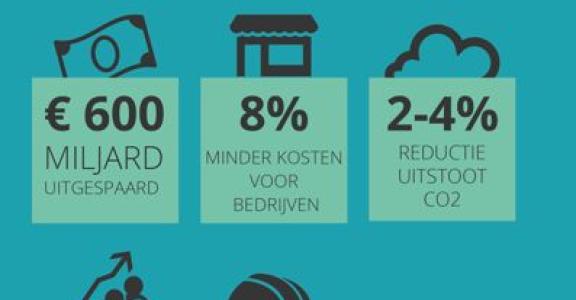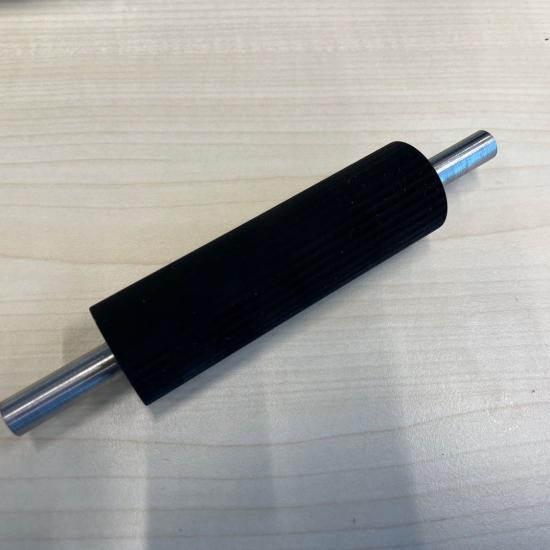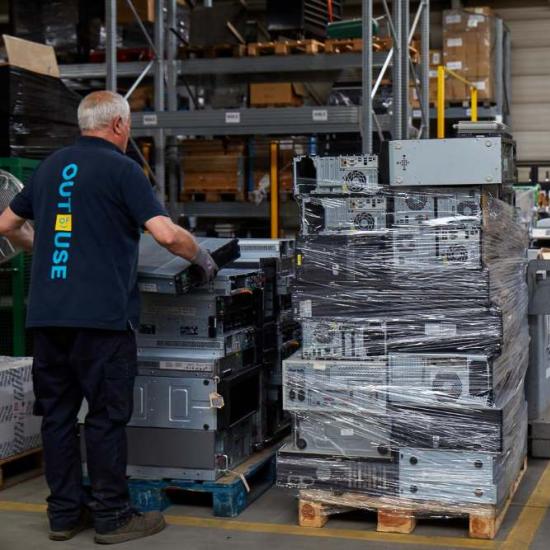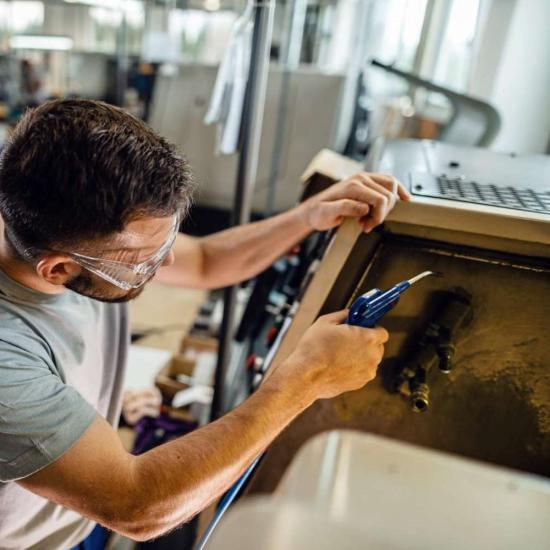Shrinking raw material stocks, rising prices ... the figures prove it all, the need for a circular economy is growing. However, this change also brings some interesting opportunities.
A few figures shed a clear light on the current situation:
- Over the last 40 years the extraction of raw materials has more than tripled worldwide. This is a result of a rising world population and an ever-increasing middle class.
- It should be no surprise that commodity prices have risen by almost 6% a year since 2000 in real terms and have become much more volatile.
- Despite the worsening problem of raw materials still 80 percent of all products manufactured become waste within the first six months of being marketed.
Alternative with many benefits
Can this be maintained or do we have to start looking for an alternative system? The circular economy aims to keep materials constantly in use and wants to get rid of the existing ‘mine-make-dispose’ model. This can be achieved by better recycling habits, but also by using products longer or more intensively or by repairing and reusing products and product components.
The circular economy makes it possible to save on valuable raw materials. For example, making a new gearbox from a recycled one requires 80 percent less materials than what is required to make a new one.
The circular economy is good for the climate. By extending the life of printers, laptops and washing machines we can avoid a CO2 emission in Europe comparable to taking 477,000 cars off the road.
And if we handle it smartly, the circular economy also offers golden opportunities for business life. In production companies in the Belgian technology industry alone, circular economy measures such as waste prevention, reuse and eco-design can generate a 6.4 percent growth.
The figures are not just random, below you will find our sources:
- UN International Resource Panel, Gobal Material Flows and Resource Productivity
- McKinsey Commodity Price Index
- Richard Girling, Rubbish!
- European Environmental Bureau, Why design matters
- Own calculations on the basis of a methodology developed by TNO (see TNO, Opportunities for a circular economy in the Netherlands)
- Bottom of Form
This text is based on an article on Agoria Online.
This article is part of the 'Eco-compliance als competitief wapen’ project conducted by Sirris and Agoria with the support of VLAIO.
(Source picture above: PlanC - Vlaanderen Circulair)




